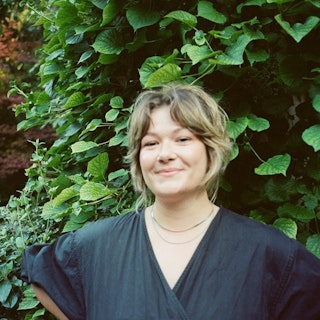Why a branding agency set out to make ‘boring’ carbon-neutral concrete cool
How&How is helping to spread the hard truth about concrete’s carbon impact with its rebrand of Biozeroc.
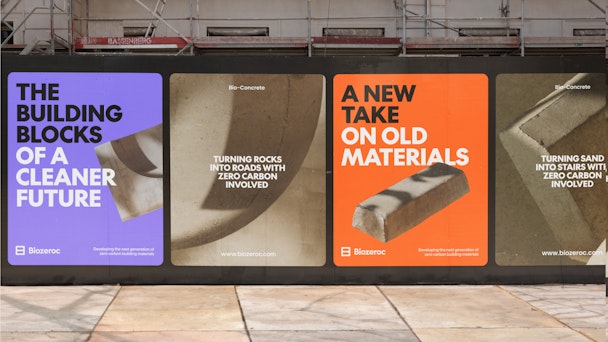
Concrete is reponsible for 8% of all global emissions
Biozeroc was founded in 2021 with the goal of decarbonizing the construction industry by producing carbon-neutral materials, including concrete, at scale for the global market. Not exactly the most glamorous of missions, but when you consider that concrete accounts for about 8% of planet-warming carbon dioxide emissions (by contrast, aviation contributes to around 2% of global emissions), its necessity is clear.
“It’s a massive problem that isn’t really being talked about,” says Biozeroc’s chief executive Liv Andersson, who tells The Drum that unlike consumer-facing issues like single-use plastic, construction materials is a primarily B2B industry.
Andersson explains that while a number of companies are entering the space and developing new materials, “most people don’t realize there are alternatives, so it’s about making something like concrete – which is, frankly, pretty boring – seem more exciting and digestible.”
Advertisement
Enter How&How, a design agency with offices in London, Lisbon and LA. Its GetSet initiative invests £200,000 of agency resources a year in building brand identities, pitch decks and websites for startups in the climate solutions space.
It was How&How that approached Biozeroc as part of this scheme, offering to create a new visual identity for the brand. “I personally thought it was a joke,” Andersson tells The Drum.
The agency’s co-founder and creative director, Cat How, laughs at how difficult it was to get Biozeroc to believe her. “We vote as a studio to decide which companies to work with as part of the initiative and – I hope Liv won’t mind me saying this – but we loved how boring concrete is.
“Also, the Biozeroc team came through with a lot of attitude. In one of Liv’s notes to us, she wrote about how the team listens to Daft Punk in the labs, so we really got the sense they weren’t your average scientists and that they were a bit different.”
Advertisement
Harder, better, faster, stronger
The key challenge facing Biozeroc that the team at How&How identified was speaking to multiple audiences: “A big part of its audience as a startup is investors,” explains Luke Scott, design director at the agency. “Then there’s developers and the people making purchasing decisions in constructions, as well as the science community.”
But as the brand emerges on to the market, it will also need to speak to architects – an audience Scott says the team drew particular inspiration from, taking cues from modernist and brutalist architecture that utilizes concrete as the hero material.
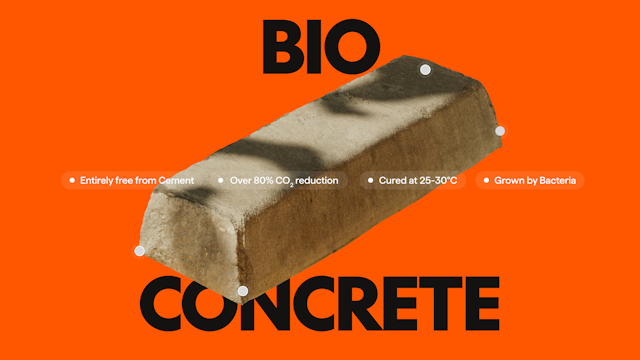
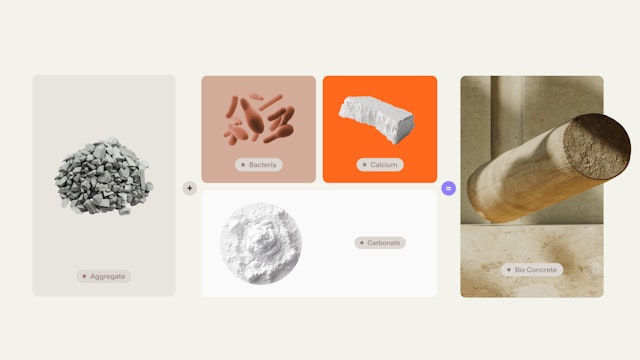
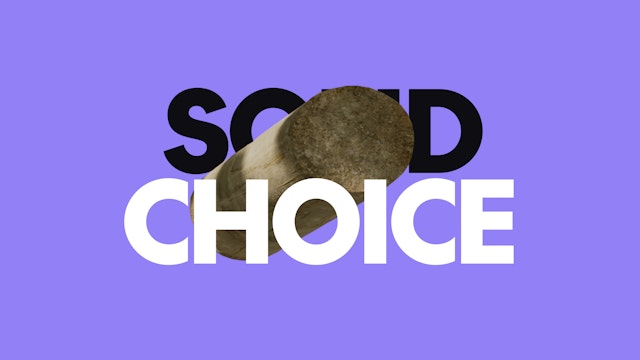
The bespoke platform, ‘The House of Hard Things,’ that accompanies the visuals was the brainchild of How&How’s head of strategy, Jack Wimmer, explains Scott, adding: “It plays on the dual meaning of the word because, of course, as a company it’s taking on a massive problem and not shying away from the challenges at play.” And it’s concrete, obviously.
Founder How adds that the confrontational connotations of the word also set Biozeroc apart as a challenger brand, pitting it against competitors in the carbon-neutral materials space as well as traditional concrete.
Suggested newsletters for you
Human after all
If anything, the quippy copy and cool graphics make Biozeroc look more like a consumer brand, but Scott says this is entirely the point: “It’s something we talk a lot about with our B2B clients.
“The old way of doing things means that B2B is kind of boring and uses professional language, while B2C is fun and uses personal language. But for these early-stage companies, they’re trying to talk to people about their business, be they other businesses or consumers, so they have to talk to them in a way that gets them excited.”
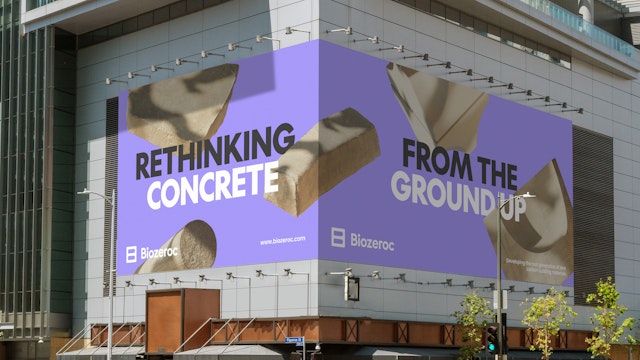
How agrees that B2B companies benefit from speaking in a more human manner to make their messages universally appealing, explaining: “Biozeroc might have a lot of different audiences, but they all have a human voice, whether they’re investors, designers, architects, whatever.”
It was this universality at the core of the product that really appealed to How&How, she says. “The issue with concrete is that it’s ubiquitous; it’s everywhere. There’s a tension when you talk about it.” Because, of course, it’s really boring.

